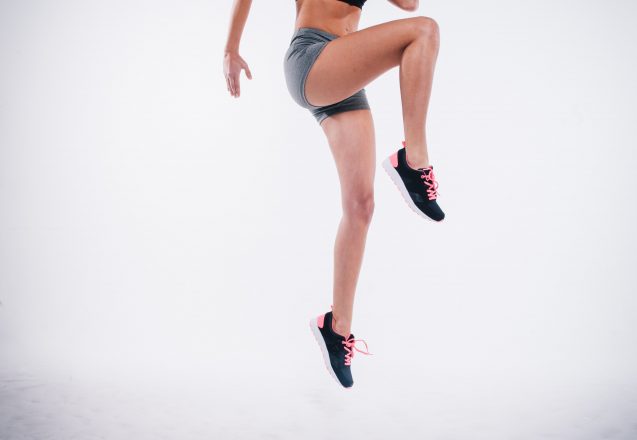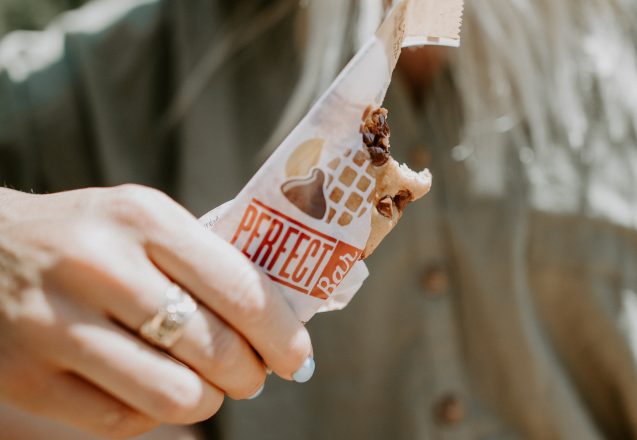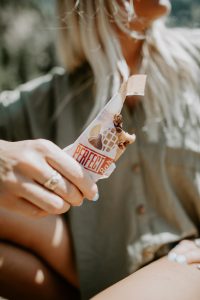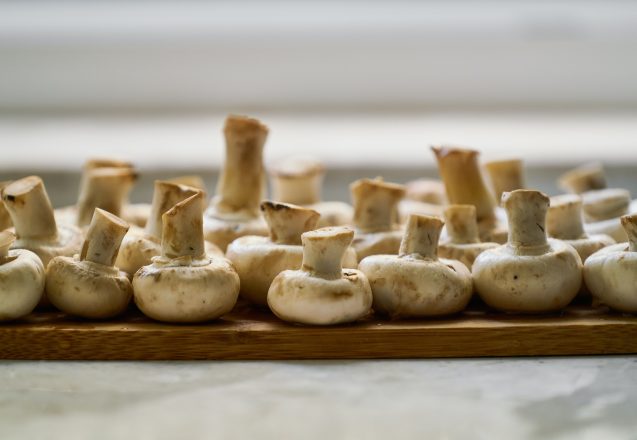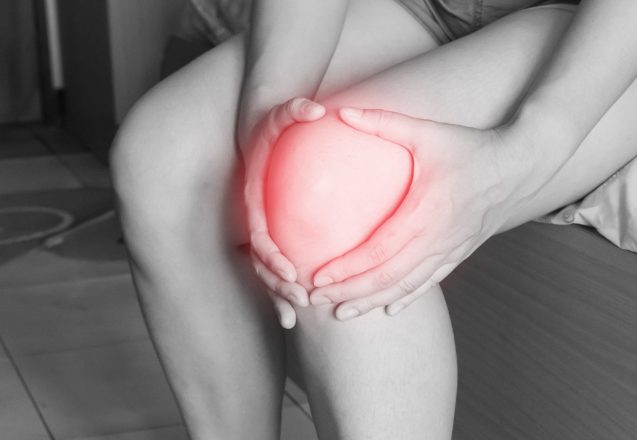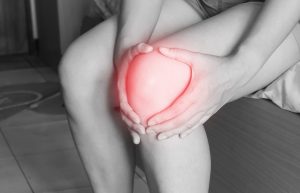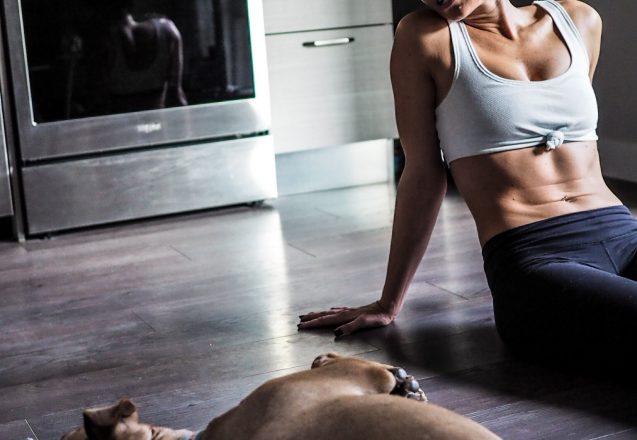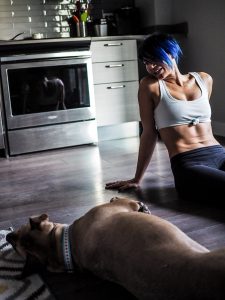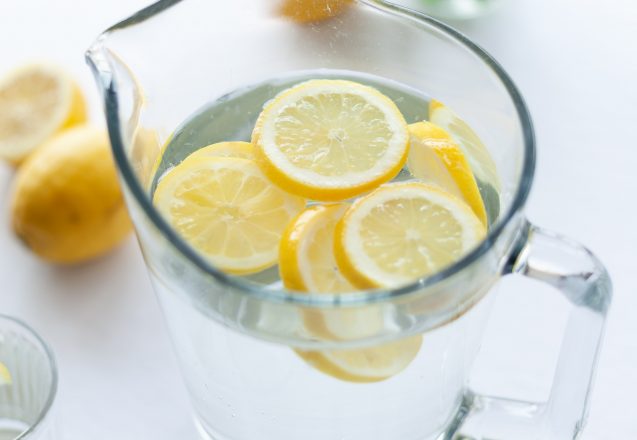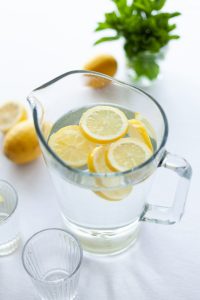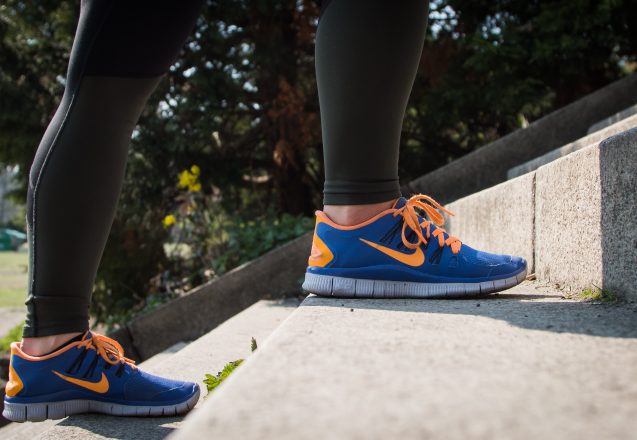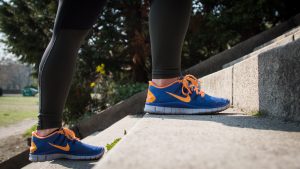What Are HIIT Workouts?
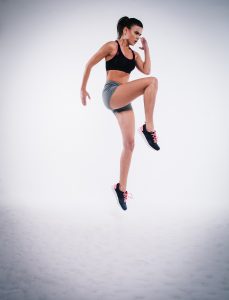 HIIT—High Intensity Interval Training—is one of the techniques we use at Skinsport in Phoenix, AZ. The reason is simple, HIIT workouts get results. HIIT is a technique that differs from traditional workouts that are steady state. No matter what the exercise, the process is the same. The person exercising gives 100% effort for a short period, basically, giving it a burst of energy for a minute or two. That gets the heart rate up. That’s followed by a similar amount of time in recovery, which is far less intense. The body uses more oxygen during the recovery period and that causes afterburn.
HIIT—High Intensity Interval Training—is one of the techniques we use at Skinsport in Phoenix, AZ. The reason is simple, HIIT workouts get results. HIIT is a technique that differs from traditional workouts that are steady state. No matter what the exercise, the process is the same. The person exercising gives 100% effort for a short period, basically, giving it a burst of energy for a minute or two. That gets the heart rate up. That’s followed by a similar amount of time in recovery, which is far less intense. The body uses more oxygen during the recovery period and that causes afterburn.
The alternating intensity style of workout creates afterburn.
Afterburn is the effect that occurs after a tough workout. It’s called Excess Post-Exercise Oxygen Consumption—EPOC. It’s the reason that when you do intense exercise, you burn more calories and ultimately more fat than you would if you followed a steady-state style of workout. That EPOC increases the calories burned after the intensity stops. You couldn’t go at top speed for an entire workout, but you can get the same effect by switching between high intensity and recovery.
There are some great benefits from HIIT workouts.
You’ll boost your metabolism with HIIT workouts. Studies show that getting the body back to normal oxygen levels, repairing muscle tissue and removing lactic acid build-up boosts the metabolism for up to 48 hours after the workout ends. You’ll still be burning extra calories from the day before, even if you don’t go to the gym that day. It’s a benefit that uses the body’s own recovery system to burn extra calories.
This type of workout is convenient, too.
You’ll save time when you use the HIIT technique, no matter what type of workout you do. Just thirty minutes provides all the exercise you need, compared to the traditional hour long workout. This technique can be used with any type of exercise, so whether you’re just starting out and walking because your body isn’t ready to run, you can walk at top speed for a minute or less and then have twice that time at a recovery pace.
- Since you can use HIIT with any type of workout, you can do it without any equipment. If you choose to combine it with strength training, you’ll get a cardio workout at the same time you’re doing strength training.
- Even low impact exercises, such as swimming, can be modified to be HIIT workouts. That allows people with joint problems to get the benefits.
- Opting for HIIT style of workouts can get better results, cut the workout time and actually make the workout more interesting than a steady-state option.
- At Skinsport, we use the latest information and scientific studies to provide the most effective workouts that help you get results.
For more information, contact us today at SkinSport Fitness Center

